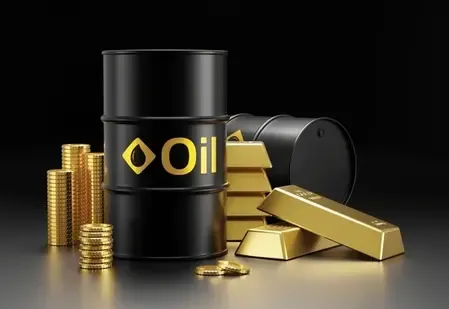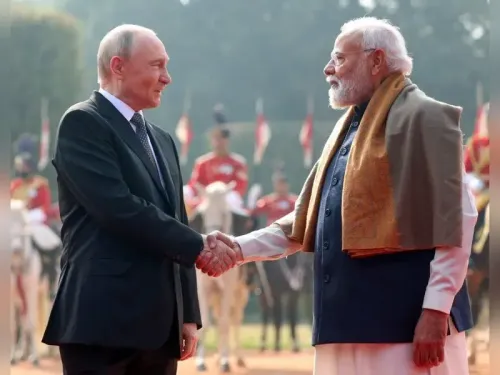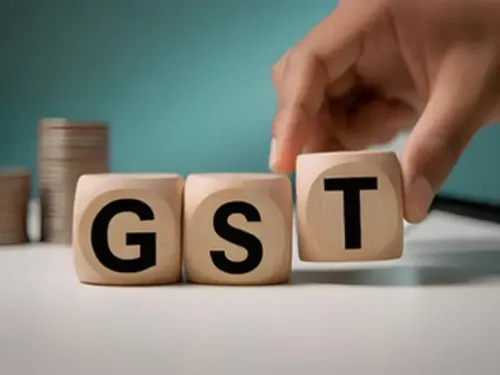Gold Prices Hit Rs 1 Lakh per 10 Grams for the First Time

Synopsis
Key Takeaways
- Gold prices hit Rs 1,00,000 per 10 grams.
- Significant rise in 24-carat gold prices.
- Global demand for gold as a safe-haven investment.
- Central banks increasing their gold reserves.
- Geopolitical tensions influencing market volatility.
New Delhi, April 22 (NationPress) Gold prices achieved a remarkable milestone on Tuesday as the price of 24-carat gold soared to Rs 1,00,000 per 10 grams for the very first time.
As reported by the India Bullion and Jewellers Association (IBJA), the cost of 24-carat gold surged dramatically from Rs 96,670 to Rs 1,00,000 per 10 grams -- a staggering increase of Rs 3,300 within a span of 24 hours.
In addition to 24-carat gold, other gold categories also experienced significant growth. The value of 22-carat gold rose to Rs 97,600 per 10 grams, while 20-carat gold hit Rs 89,000 per 10 grams, and 18-carat gold reached Rs 81,000 per 10 grams.
On the Multi Commodity Exchange (MCX), October futures briefly surpassed the Rs 1 lakh milestone, peaking at an all-time high of Rs 1,00,484 per 10 grams, reflecting a gain of nearly Rs 2,000 or 2 percent in just one day.
Experts attribute the sudden escalation in gold prices to a heightened global demand for gold as a safe-haven investment.
“The new all-time-high achieved by the yellow metal is largely driven by the rising tensions between President Trump and US Fed Chair Jerome Powell regarding potential Fed rate cuts,” stated Colin Shah, MD of Kama Jewellery.
This demand surge is fueled by escalating geopolitical tensions and persistent global economic uncertainties. Recent actions and comments from leaders, including the imposition of tariffs on Chinese imports and questioning the Fed’s policies, have contributed to market instability.
The declining US dollar and interest rate reductions by the Federal Reserve have rendered gold, a non-yielding asset, more appealing to investors.
Lower interest rates diminish the expense of maintaining gold, leading to increased investment in the yellow metal.
Additionally, a significant driver of the price increase is the strategy of central banks worldwide, including those in India and China, to boost their gold reserves.
This approach, known as ‘de-dollarisation,’ aims to lessen dependence on the US dollar and prepare for economic uncertainties through heightened investments in gold.
“While gold prices continue to rise, the drop in the dollar will make gold more affordable in other currencies, maintaining a balance in demand and pricing,” Shah noted.
He further added that domestically, a slight increase in gold prices is often observed around festive seasons such as Akshaya Tritiya, reflecting a rise in demand.
With these global influences in play, analysts predict that gold prices may remain elevated in the foreseeable future.










